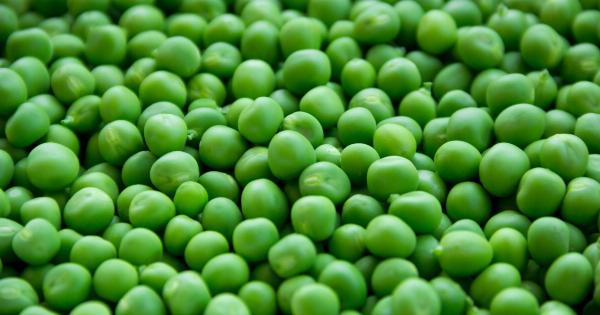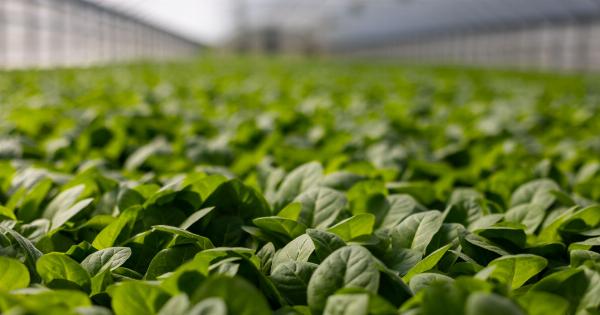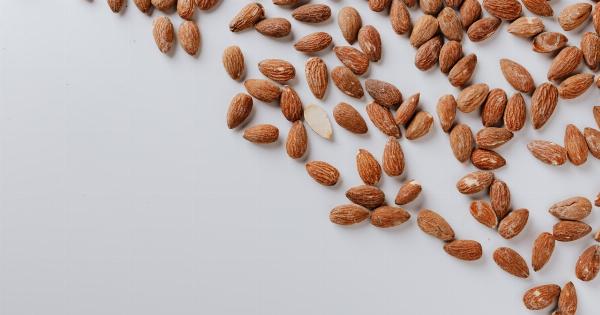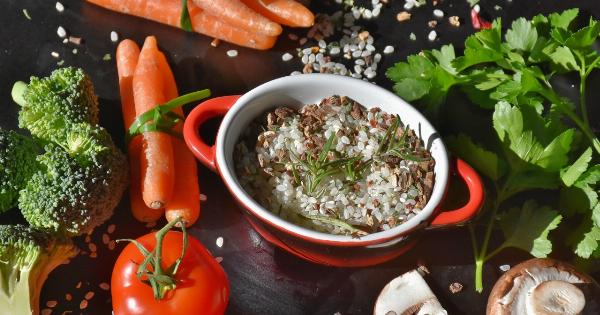Veggies are a staple in many households. Not only are they healthy and nutritious, but they can also be delicious when prepared correctly. However, when it comes to buying vegetables, there are so many different forms to choose from.
From fresh produce to canned and frozen options, it can be difficult to know which form is best for your needs. In this article, we’ll explore the various forms of vegetables available and help you decide which ones are right for you.
Fresh Vegetables
Fresh vegetables are the most popular form of vegetables, and for a good reason. They are harvested and sold while they are still fresh, meaning they are packed with vitamins and minerals and have a great taste.
Fresh vegetables can be found in supermarkets, farmers’ markets, and even grown at home in your garden.
One of the benefits of buying fresh vegetables is that you have complete control over the selection. You can choose the size and ripeness that best suits your needs.
Plus, fresh vegetables can be consumed raw, which can often be more nutritious than cooked versions.
However, fresh vegetables can be quite perishable. They need to be consumed quickly, or they may spoil. Also, they can be more expensive than other forms of vegetables, depending on the availability and season.
Frozen Vegetables
Frozen vegetables are another form of vegetables that are popular with consumers. They are harvested at their peak freshness and then frozen immediately to preserve their nutrients.
Frozen vegetables are widely available in supermarkets and can be easily stored in your freezer for later use.
One of the benefits of buying frozen vegetables is that they are often more affordable than fresh produce. They also have a long shelf life, meaning they can be stored for months.
Plus, they are convenient and easy to prepare, as most frozen vegetables require only a few minutes of cooking time.
However, frozen vegetables can sometimes be of lower quality than fresh vegetables. They may have decreased texture and flavor due to the freezing process.
Also, some frozen vegetables may contain added sodium or preservatives, so it’s important to read the labels carefully.
Canned Vegetables
Canned vegetables are another form of vegetables that are widely available in supermarkets. They are produced by canning, a process that involves heating the vegetable in a tightly sealed container to destroy microorganisms and extend shelf life.
One of the benefits of buying canned vegetables is that they are convenient and have a long shelf life. They can be stored for years in your pantry and quickly prepared by simply opening the can.
Plus, canned vegetables are often more affordable than fresh produce.
However, canned vegetables can have decreased nutrient content compared to fresh or frozen options. Some canned vegetables may also contain added sodium or other preservatives, so it’s important to read the labels carefully.
Plus, some canned vegetables may have a metallic taste due to the canning process.
Dried Vegetables
Dried vegetables are another option for those looking for a longer shelf life. They are produced by removing the moisture from the vegetable, which extends their shelf life significantly.
Dried vegetables can be found online or in some specialty stores, such as health food stores.
One of the benefits of buying dried vegetables is that they have an exceptionally long shelf life, sometimes lasting for years. Plus, they can be easily stored in a pantry or cupboard.
Also, dried vegetables are often more affordable than fresh or frozen options.
However, dried vegetables may have a different texture and taste than fresh or frozen options. Plus, they may require more time to prepare, as they need to be rehydrated before use.
Dehydrated Vegetables
Dehydrated vegetables are similar to dried vegetables in that they have their moisture removed. However, the process of dehydration uses heat to evaporate the moisture from the vegetable.
Dehydrated vegetables can be found at health food stores or online.
One of the benefits of buying dehydrated vegetables is that they have a long shelf life and can be easily stored in a pantry or cupboard. Plus, they can be rehydrated quickly and used in a variety of recipes.
Dehydrated vegetables are also often more affordable than fresh or frozen options.
However, like dried vegetables, dehydrated vegetables may have a different texture and taste than fresh or frozen options. Plus, they require rehydration before use, which can take some time.
Cooked Vegetables
Cooked vegetables are a convenient option for those with busy lifestyles. They can be found in the frozen food section of many supermarkets and are often ready to serve after a quick reheating in the microwave or on the stove.
One of the benefits of buying cooked vegetables is that they are convenient and easy to prepare. They can be quickly reheated and added to a variety of dishes. Plus, they often have a long shelf life in the freezer.
However, cooked vegetables can be more expensive than other options, and they may have added sodium or preservatives. Also, some cooked vegetables may have decreased nutrient content compared to fresh or frozen options.
Jarred Vegetables
Jarred vegetables are another option for those looking for convenience. They are typically sold in large jars and are ready to serve after opening. Jarred vegetables can be found in the canned food section of many supermarkets.
One of the benefits of buying jarred vegetables is that they are convenient and easy to prepare. They can be quickly added to a variety of dishes for added flavor and texture. Plus, they often have a long shelf life in the pantry.
However, jarred vegetables can be more expensive than other options, and they may have added sodium or preservatives. Also, some jarred vegetables may have decreased nutrient content compared to fresh or frozen options.
Which Form of Vegetables is Best for You?
Ultimately, the form of vegetables you choose to buy will depend on your personal needs and preferences. If you want the freshest and most nutritious options, then buying fresh vegetables is the way to go.
However, if you are looking for convenience and affordability, then frozen or canned options may be a better choice.
It’s important to read labels carefully and choose options that are low in sodium and free of preservatives whenever possible. And remember, a variety of vegetables in different forms can help ensure you get all the nutrients your body needs.
The Bottom Line
Choosing the best form of vegetables can be overwhelming, but with so many options available, there’s sure to be one that meets your needs.
Whether you prefer fresh produce or more convenient canned or frozen options, the most important thing is to make vegetables a regular part of your diet for optimal health and nutrition.




























